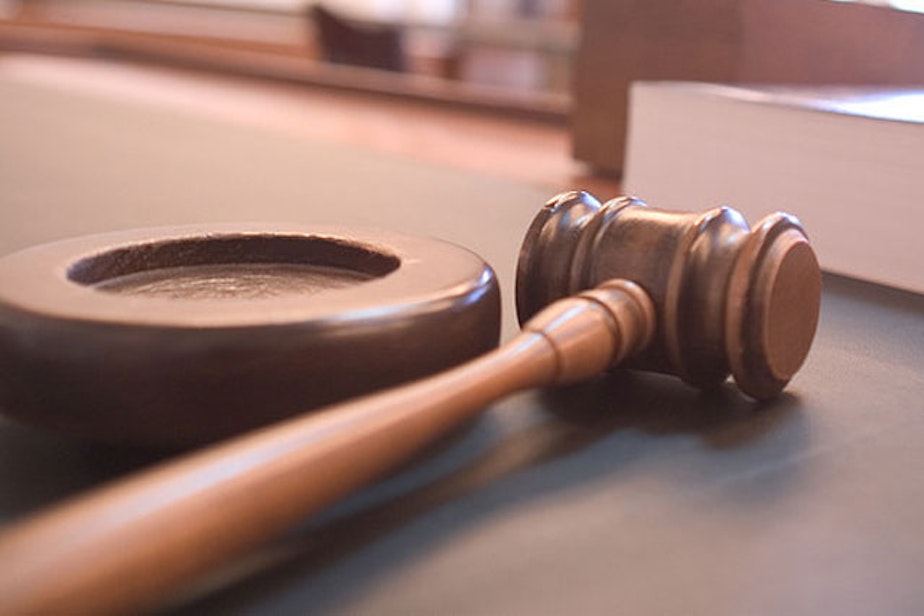Federal court system doesn't share Seattle's passion for cameras

The federal courthouse in Seattle helped pilot the use of cameras in courtrooms. But the governing body for federal judges has now pulled the plug on the cameras.
TRANSCRIPT
The federal hearings on reforms at the Seattle Police Department are video recorded by the U.S. District Court in Seattle and made public.
At one of those hearings last August, Judge James Robart pointed out the disparate number of African-Americans shot by police (according to FBI statistics in certain cities). Then he uttered a well-known slogan from the bench.
Robart: “Forty-one percent of the casualties, 20 percent of the population ... Black lives matter.”
Sponsored
His colleague Judge Robert Lasnik said allowing the cameras in this case serves a public good.
Lasnik: “Judge Robart’s handling of the Seattle Police case is the perfect example of something that increases the public’s ability to understand what’s going on in a difficult area to understand.”
The cameras were installed in Seattle and other jurisdictions as a pilot project. But a judicial panel headed by the chief justice of the U.S. Supreme Court has decided that the cameras didn’t provide enough benefit to justify the cost.
Lasnik said he’s disappointed, and he doesn’t think financial cost was really an obstacle.
Lasnik: “What you see is an institution in the federal judiciary that’s just, at its highest levels, opposed to cameras.”
Sponsored
But the policy is not universal. The Ninth Circuit Court of Appeals already provides video of its oral arguments. And the U.S. District Court in Seattle will be allowed to continue recording the police oversight hearings.

